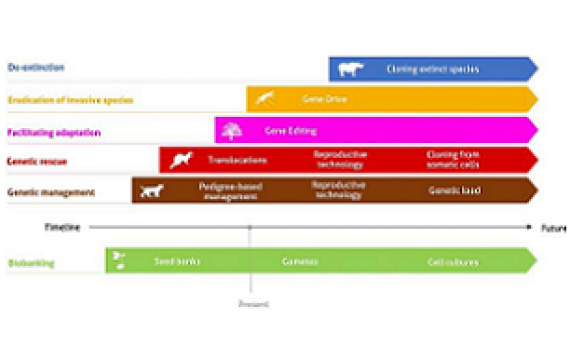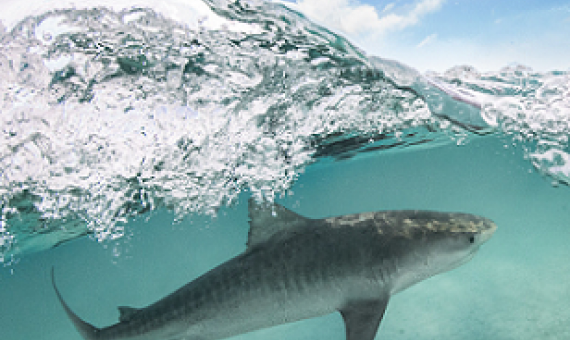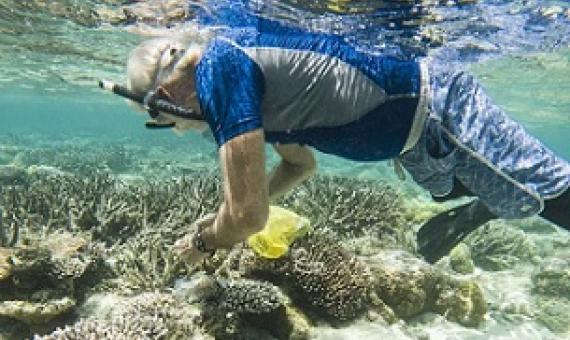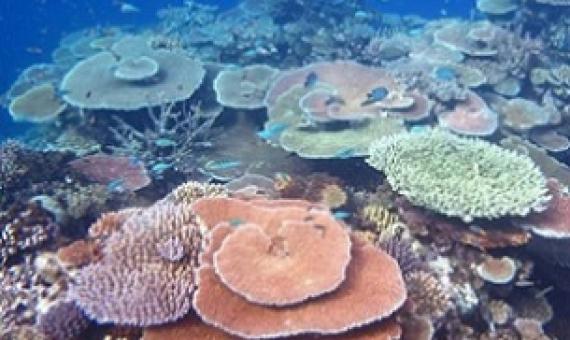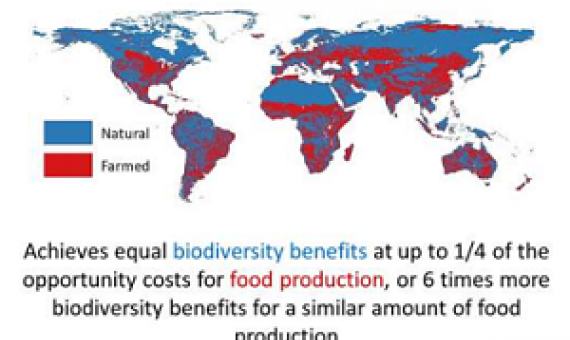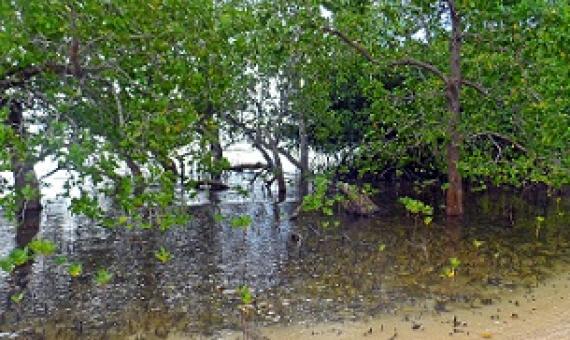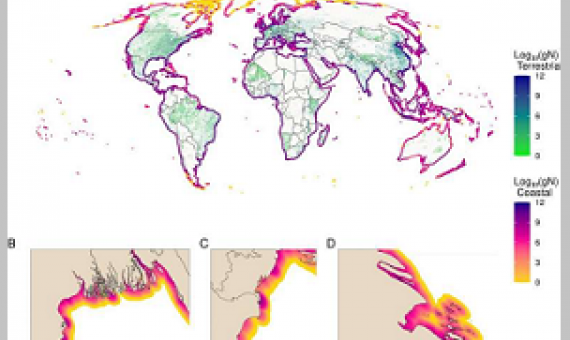A new, widespread study of the global state of marine coral reef wilderness by WCS, NGS, and university collaborators found that remote ocean wilderness areas are sustaining fish populations much better than some of the world’s best marine reserves.
More investment and support for research into emerging genomic tools for conservation is needed to prevent further biodiversity loss, according to a new paper published in Conversation Genetics.
Marine protected areas (MPAs) exist all over the world to protect biodiversity. Their protection statuses range from minimally protected “sustainable use” areas to no-take zones, where any form of extractive activity, like fishing or mining, is prohibited.
A team of Stanford University researchers led by Professor Stephen Palumbi joined the Palau International Coral Reef Center (PICRC) last month to complete the final phase of a three-year research project mapping heat tolerant corals in Palau.
Climate change is altering familiar conditions of the world's oceans and creating new environments that could undermine efforts to protect sea life in the world's largest marine protected areas. The changing conditions also have cultural and economic implications for the people whose traditi
Crop and livestock production are among the main drivers of biodiversity loss globally. Due to the ever-increasing demand of land for food production, reverting global biodiversity decline and feeding the world is one of the greatest challenges of our time.
Funding to restore mangrove forests is money well spent, according to a new meta-analysis by ecological economists at the University of Tokyo. For every dollar spent to restore mangroves, the ecosystem will yield $6.83 to $10.50 in returns over the next 20 years.
A first-of-its-kind, high-resolution mapping analysis estimates the amounts of nitrogen and pathogens released into coastal ecosystems from human wastewater sources around the world.
Human-caused bird extinctions are driving losses of functional diversity on islands worldwide, and the gaps they leave behind are not being filled by introduced (alien) species, finds a new study led by UCL and University of Gothenburg researchers.
Efficacy of Alternative Low-cost Approaches to Mangrove Restoration, American Samoa
Three mangrove restoration methods were tested at Nu’uuli, Tutuila Island, American Samoa. Since clearing 27 years ago converted the mangrove into a mudflat, the ecosystem was sufficiently altered that it could not self-correct; the ecosystem showed no natural regrowth despite an ample supply of propagules.


